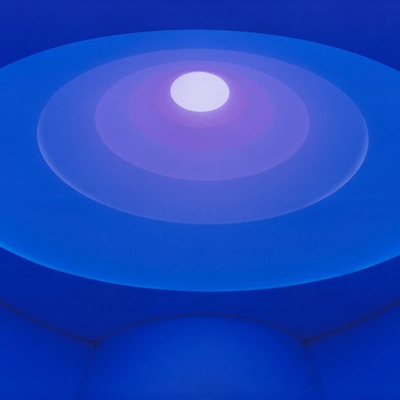


Details
Artist
Styles
// Walter Leblanc's Untitled (1949) is an acrylic on paper work that embodies the artist's early exploration of minimalism and optical art. The composition is characterized by its subtle texture and monochromatic palette, creating a sense of calm and introspection. Two curved, dotted lines gracefully intersect at the center, flanked by linear, horizontal elements that add depth and structure. The minimal use of color and form draws attention to the tactile quality of the surface, encouraging a meditative interaction with the piece. Leblanc's precise, restrained approach foreshadows his later experiments with kinetic art, emphasizing movement and perception within a static medium.
Untitled, 1949
form
Medium
Size
35 x 27 cm
- Inches
- Centimeters
Edition
Price
- USD
- EUR
- GBP
Details
Artist
Styles
// Walter Leblanc's Untitled (1949) is an acrylic on paper work that embodies the artist's early exploration of minimalism and optical art. The composition is characterized by its subtle texture and monochromatic palette, creating a sense of calm and introspection. Two curved, dotted lines gracefully intersect at the center, flanked by linear, horizontal elements that add depth and structure. The minimal use of color and form draws attention to the tactile quality of the surface, encouraging a meditative interaction with the piece. Leblanc's precise, restrained approach foreshadows his later experiments with kinetic art, emphasizing movement and perception within a static medium.
What is ‘light and space’?
The Light and Space Movement refers to loosely affiliated art movements connected to minimalism, geometric abstraction, and op art that originated in Southern California in the 1960s. Greatly influenced by artist John McLaughlin, these artists focused on sensory phenomena such as light, perception, and space as central elements of their work. They also incorporated cutting-edge technologies from the aerospace and engineering industries to develop light-filled and sensuous objects, creating immersive experiences that emphasize the viewer's perception.














